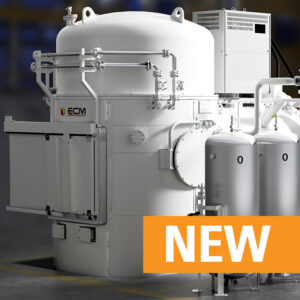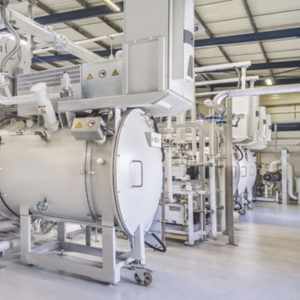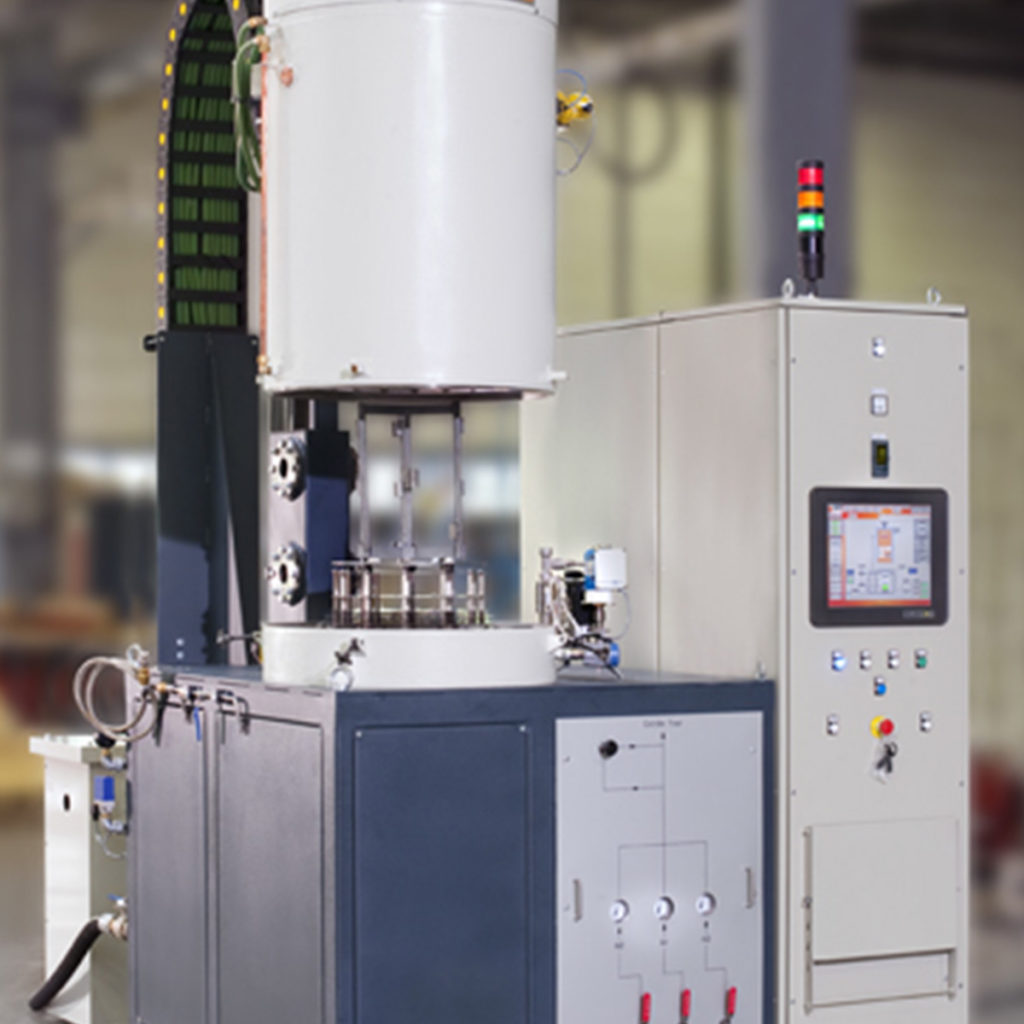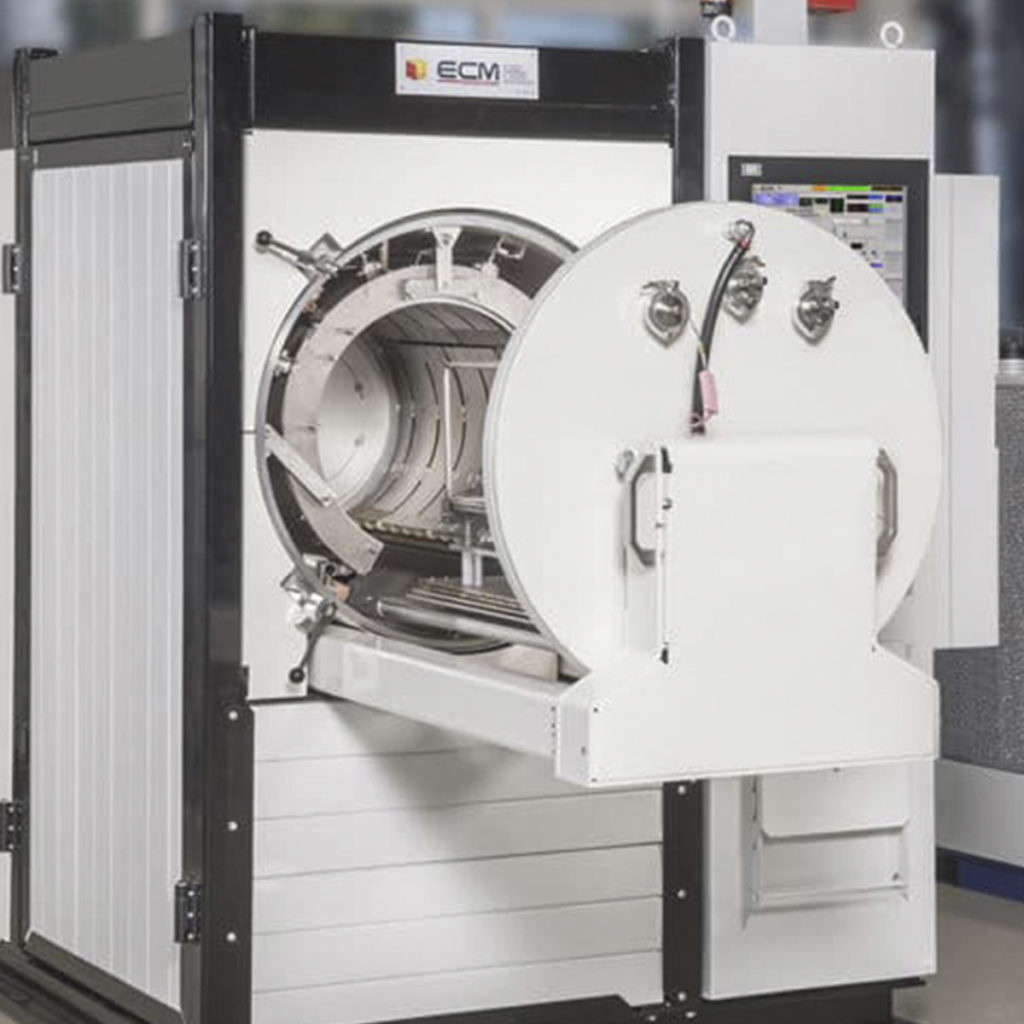Vacuum Heat Treatment
To obtain a perfect control of the thermal performance of its furnaces, ECM manufactures its own molybdenum resistors. This allows its furnace to have excellent repeatability of processes, a mastery of temperatures and the best treatment quality.
All furnaces manufactured by ECM Technologies respond to strict quality standards. Moreover, additional certifications such as the AMS2750 for aeronautics, CQI9 for automotive are available, and a high level of automation can be reached thanks to ECM Technologies’ in-house robotics department.
In this wide range of products, the tailor made approach to design your project, the choice among a non exhaustive list of characteristics, ECM Technologies is your industrial partner for vacuum furnaces.
Low pressure carburizing (LPC), also known as vacuum carburizing or vacuum case hardening is achieved under vacuum, in a vacuum furnace. ECM Technologies’ ICBP® low pressure carburizing installations use the Infracarb® patented process. Infracarb® consists in an alternation of enrichment phases and diffusion phases (C2H2 hydrocarbon and a neutral gas N2 for diffusion). The number and the length of the phases depend on the targeted carburizing depth.
Low pressure carbonitriding (LPCN) is a thermo-chemical surface treatment in which Nitrogen – obtained from ammonia NH3 dissociation – interacts with carbon during three phases. In low pressure, the efficiency of introducing nitrogen in the materials is proved when ammonia is introduced into the combustion chamber during certain stages of intermediate and final diffusion.
Induction furnaces offer the possibility to carry out complex processes at high temperatures (up tp 3000°C), with a rapid rise in temperature (30°C/s). ECM induction melting solutions are dedicated to the elaboration of materials and more especially, to materials with strong added value.
ECM vacuum tempering furnaces are used for high-speed and alloy steels to produce a scale-free finish. Tempering is almost always required after hardening to reduce the hardness (and brittleness) of the treated material to a desirable level - both in an atmosphere and vacuum furnace.







